Do you have a student (or several students) who struggle with poor reading comprehension?
In this post, I share the step-by-step process that I use to improve my students’ reading comprehension!
I wrote this post primarily for Kindergarten through 3rd grade teachers. However, if you are a Kindergarten teacher, some of these ideas may not apply to you (although some may). At the end, I’ll address Kindergarten separately. 🙂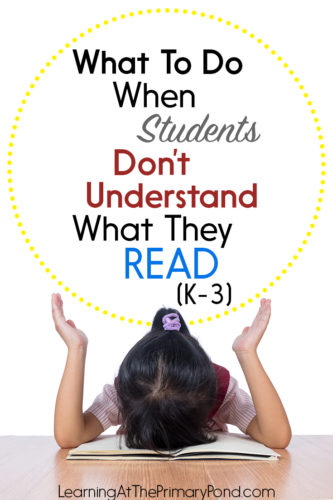
Gather More Information
First, if I notice that a student has poor reading comprehension, I try to gather a little more information.
I look for answers to the following questions:
- Does the child have good (or better) listening comprehension? (Can the child successfully discuss and answer questions about texts read aloud to him?)
- Is poor decoding affecting comprehension? At what reading level does the student comprehend (if any)?
- Is poor fluency affecting comprehension? (Is the student reading so slowly or disfluently that it’s difficult for him to comprehend? Is the child spending so much time and effort sounding out words that he doesn’t have any brain power left to focus on meaning?)
- Are there specific comprehension skills (i.e., retelling, inferring, asking questions) that the child excels at or especially struggles with?
- Does the child tend to invent (incorrect) answers to comprehension questions, or does she simply say, “I don’t know”?
As you probably already know, so many different factors can affect comprehension! In order to appropriately address the problem, I always try to pinpoint what the underlying cause is.
For example, sometimes students can decode texts that are much harder than what they can comprehend. This is why, when I assess students’ reading level, I always take comprehension into account. The Fountas and Pinnell Benchmark Assessment System is my favorite tool for determining students’ reading levels because it incorporates decoding, fluency, and comprehension assessment.
Let’s say that a student can decode a Level L text with high accuracy. But her comprehension is poor unless she reads a level H text or below. This means that she should be reading Level H or Level I books during guided reading. A Level L text is too difficult for her to understand, even if she can decode it perfectly.
Or, to give another example, you may find that a student’s fluency is holding him back from successfully comprehending a text. In this case, I would, again, move the child back to an easier reading level at which he/she can read more fluently (and give more attention to comprehension).
Moving students “back” levels is not necessarily a bad thing! It just means that you are providing them with opportunities to be successful with decoding and understanding texts. This builds confidence and is necessary for them to move forward!
But, of course, if none of these issues is at play, it may just be a matter of comprehension! Sometimes neither decoding nor fluency is the problem, and a student simply struggles with understanding what she is reading. If this is the case for some of your students, keep reading—I’m going to share exactly what I do to help solve this problem!
Establish the Importance of Comprehension
When our students come to us, we rarely know EXACTLY what they understand to be true about reading. Do they believe that it’s all about decoding the words? Did their previous teacher focus on reading speed?
So when a child struggles with comprehension, I make sure that I am sending the right message: that comprehension is the ultimate goal of reading.
To do this, I:
- Outright tell the student (repeatedly) that understanding the text is extremely important! It allows us to enjoy and learn from a text. Reading isn’t very much fun when you don’t know what the book is saying!
- Make sure to always address the content of the text right after we read it (rather than jumping straight to phonics or other teaching points).
- Use thinkalouds during individual, small group, and whole group instruction to show that I am thinking about what I’m reading, I also share how I notice and fix my own problems in comprehension.
Make the Child Responsible for Checking Comprehension
When I set out to improve a child’s comprehension skills, the very first thing I do is to make him responsible for checking his own comprehension.
To do so, I use a simple stop-and-check strategy.
Before I read a text with the student, I place sticky notes at various stopping points. I might put them at the bottom of each page, at the end of a chapter, or even after each paragraph.
Then, as the child reads with me, he is responsible for stopping at each sticky note. He retells what has happened in the text (since the previous sticky note). If he can retell successfully, he continues reading. If not, he goes back and rereads.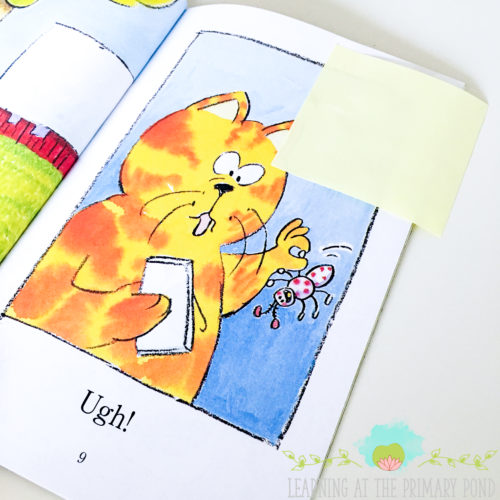
If you use this strategy, you’ll want to try to determine the largest amount of text that a child can read and still recall (this may take some trial and error). As time goes on, the amount of text that a child can read and retell should increase. Your sticky notes should grow farther apart!
Although I originally provide some feedback about the child’s retellings, I eventually begin asking, “What do you think—did you understand that part? Should you go back or continue reading?” Again, I’m trying to put the responsibility on the child for monitoring his own comprehension.
When I see that the student is successful with this strategy, I begin asking him to place the sticky notes himself. Next, he decides on stopping points beforehand (i.e., after every chapter) but does not place any sticky notes.
Eventually, the goal is for the student to use this stop-and-check strategy independently: without my assistance, and without any sticky notes. This takes time, of course!
Focus on Literal Retelling
After we’ve worked on the stop-and-check strategy for a couple of days, I also begin incorporating a whole-text retell. In addition to having the student retell individual parts of the text, I also have him retell the entire text (once we have finished reading).
I often teach a structure like beginning, middle, and end. Or I have him retell story elements. Or I have him tell me the 3-5 most important facts that he learned (from nonfiction text).
Also: although it can sometimes be difficult when you are a classroom teacher (or even an interventionist, like me), when we are in this “literal retell” stage, I really don’t ask the student any comprehension questions.
I want the focus to be on retelling—and that’s it. For students who really struggle with comprehension, this is enough of a challenge in itself.
Move on to “Right There” Questions (with Highlighting)
Once the student is having some success with retelling fiction and nonfiction texts, I then incorporate simple comprehension questions. (This happens relatively soon after we begin retelling practice; I don’t wait until a student has completely mastered retelling.)
During this stage, I choose “right there” questions—questions that have answers that students can easily find in the text. This concept of “right there” questions comes from Taffy Raphael’s QAR strategy (2005). You can read more about it here.
My goal is this: I want to get students in the habit of going directly to the text to answer comprehension questions.
I’ve worked with many students who answer questions by inventing things or guessing—rather than using the text itself. In this stage, I want to break that habit. It’s all about the text!!
When we are working on this skill, I like to use texts that students can highlight. They listen to or read a question, and then they go straight to a text to highlight the answer.

This article came from ReadWorks.org, which I highly recommend – it has tons of free, printable articles!
During this stage, I avoid asking questions that require the student to make inferences or use his own background knowledge! I’m still working to break that habit of “make up an answer,” and again, we are focusing on the text, the text, the text!
Teach Other Types of Comprehension Strategies and Questions
Once students are doing well with stop-and-check, literal retelling, and “right-there” comprehension questions, we can broaden our horizons!
At this point, I begin teaching other comprehension strategies and asking other types of comprehension questions.
I use explicit teaching and thinkalouds to show students how I use strategies, and how I find (or infer) the answers to more complex questions.
Of course, this stage doesn’t ever really “end,” because we are always working on comprehension! But once students have that firm base of monitoring their own comprehension, retelling, and answering “right-there” questions, they are much more likely to be successful with more complex strategies.
Integrating These Strategies into Daily Classroom Life
You may have noticed that I wrote this post from the perspective of working with one student at a time.
While it’s very helpful to spend one-on-one time supporting students who struggle with comprehension, if you’re a classroom teacher, you might need to “scale” this strategy.
If you need to simultaneously work with several students who struggle with comprehension, here’s what you might do:
- Form a strategy group. This group can be comprised of students who are at different reading levels but who are all struggling with similar comprehension skills / strategies.
- Set up a schedule for meeting with the group. If they are really, really struggling with comprehension, the faster you can intervene, the better! Try to see them at least every other day—you can “ratchet it down” as they improve.
- Choose a text level that all students can decode AND somewhat comprehend. For example, if you have readers at Level G, Level H, Level J, and Level K, you’re going to have to use a Level G text. It’s okay for your more advanced readers to read an easier text! In fact, it’s ideal, because they can focus on comprehension rather than decoding. (Plus, you can still see them for guided reading at their level.)
When you meet with your strategy group, you can model the strategy, provide guided practice, and help students apply it in that Level G (or whatever level) text.
Another option, once the group is rolling, is to:
- Teach or model a strategy.
- Have students help you practice with your text.
- Have students then practice the strategy in their individual, independent reading books (while staying at the table to get support).
That way, everyone reads a text at their own level, but you still support them with the strategy.
Tips for Kindergarten Teachers
Many of the strategies I’ve described in this article work best with first grade and up. You may be able to use some of them with your Kindergarten readers, but I also wanted to address Kinder separately.
Here are some things I do with my Kindergarteners to promote comprehension:
- Discuss every book we read during guided reading—even if my main purpose is a decoding or phonics skill
- Repeat (again and again) that the purpose of reading is to understand and enjoy a book
- Replace some guided reading groups with a shared reading or readaloud, where students have an opportunity to practice comprehension skills in a small group setting
- Work on comprehension skills—in a whole group setting—that I wouldn’t yet expect my students to do on their own (i.e., asking questions, determining main idea)
In Kindergarten, we are laying the foundation for future comprehension work! Although most students are not yet reading complex texts, we have to maintain a focus on comprehension so that they understand what reading is all about. 🙂
Conclusions
If you need more resources to support students with their comprehension, you can check out my Kinder-1st grade comprehension strategy curriculum, or my 2nd grade reading workshop / shared reading programs.
In summer and fall of 2018, I’ll be coming out with a brand-new “flexible shared reading” curriculum (for K, 1st, and 2nd), so stay tuned for that! 🙂
Also, if you’d like to print and save this post, I’ve added a button (at the bottom here) where you can click to get a “printer-friendly” version.
Happy teaching!!

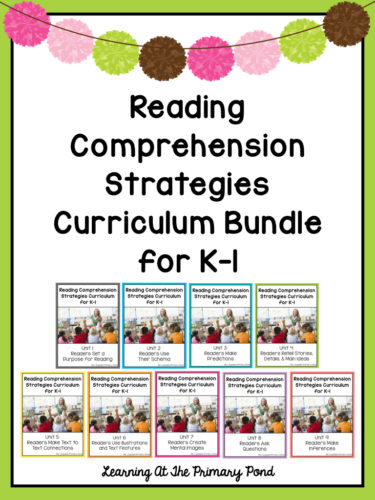
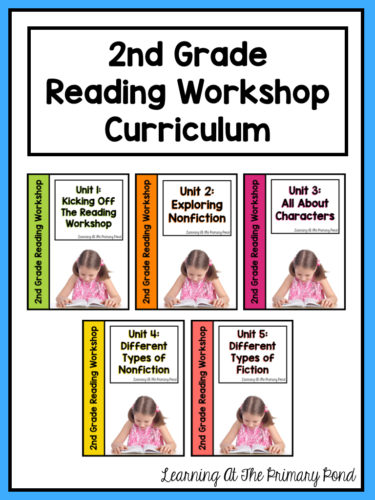
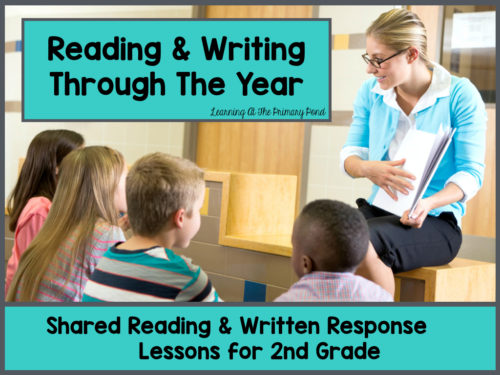

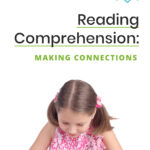

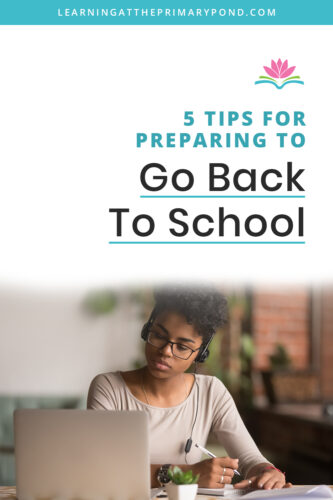
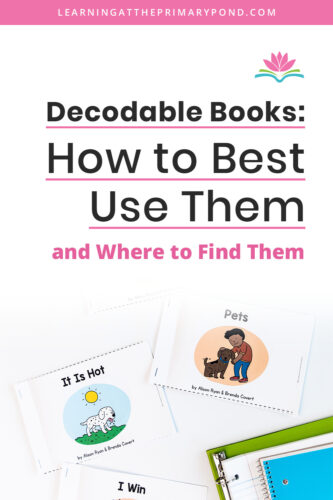
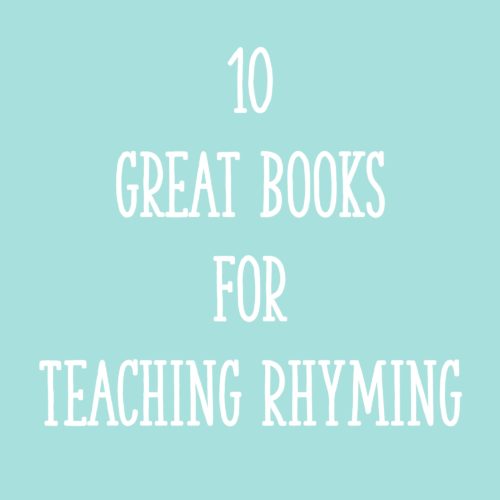

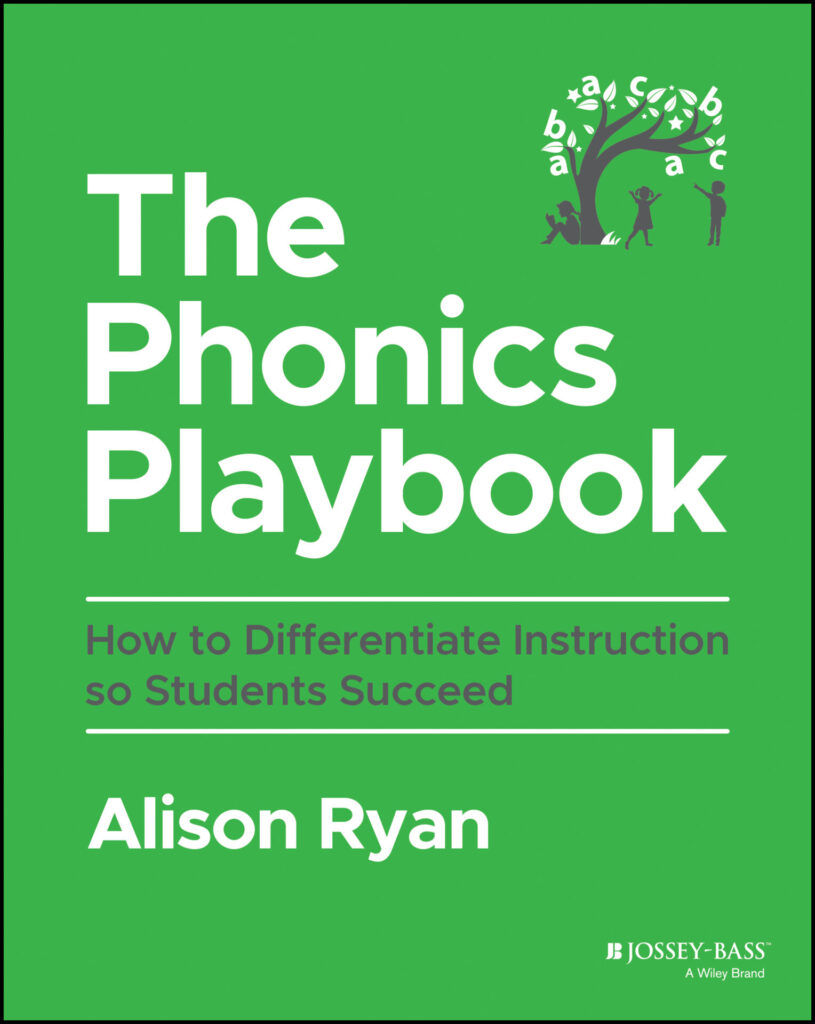




These are fantastic tips and strategies!! I can’t wait to use.
Thank you for sharing👏
Thanks, Kim!! 🙂
Alison
Hello, that’s for the information. I am a visual learner, do you have any videos of a child reading and checking understanding?
Hey Charity! I don’t have videos for privacy reasons, but the checking understanding process is basically this:
1. The child stops at the sticky note.
2. I prompt him to retell by asking, “What happened / what did you learn in this section?” (After a while they don’t need prompting)
3. The child retells in a few sentences. We then decide if rereading is necessary. (I want the student to eventually be able to decide on his/her own.)
Sorry I can’t provide a video!
Alison
This is exactly what I needed to read for next week. Thank you for your brilliant insight Alison!!
Thanks for reading, Brenda!! 🙂
Alison
I’m going to be teaching summer school this year and I will use these strategies and techniques with my small group. That way I will have a better understanding of how everything will work for the new school year.
Awesome!! I love summer school for that reason – it’s an opportunity to get used to teaching certain things with a smaller group. 🙂
Alison
I wish I had found your blog a lot sooner in my career. You have invested in the time to help other educators do whats important for students.!
Thank you so much, Rita! I’m so glad it’s helpful.
Alison
I really enjoyed reading this.
I was looking at your bundle, do you happen to have comprehension posters in Spanish?
Si! There are also decoding strategies in the set, but here it is: https://www.teacherspayteachers.com/Product/Spanish-Reading-Strategies-Posters-and-Cards-Estrategias-de-lectura-en-espanol-2140490
Let me know if you have any questions! 🙂
Alison
Time and again I find your tips and strategies just what I need to get over the ‘hump’. Thank you for always finding a way to inspire and for sharing your passion.
I’m so glad this was helpful to you – THANK YOU for reading and for your sweet comment!
Alison
What can be done for a student who is in a self contained MS class, reads above level but lacks recall, comprehension skills. Answers questions with a question. Lacks basic understanding in communicating. This is not a mentally challenged issue, just someone who has lack of basic skills that were not reinforced at home.
I would start in very small doses. Have the student read 1-2 pages at a time and answer a short comprehension skill. Ideal if they can talk to someone about their answer first, and then transfer it! Often at the middle school level, students are expected to read pages upon pages or chapters before doing this process. Start small, and build on from there!